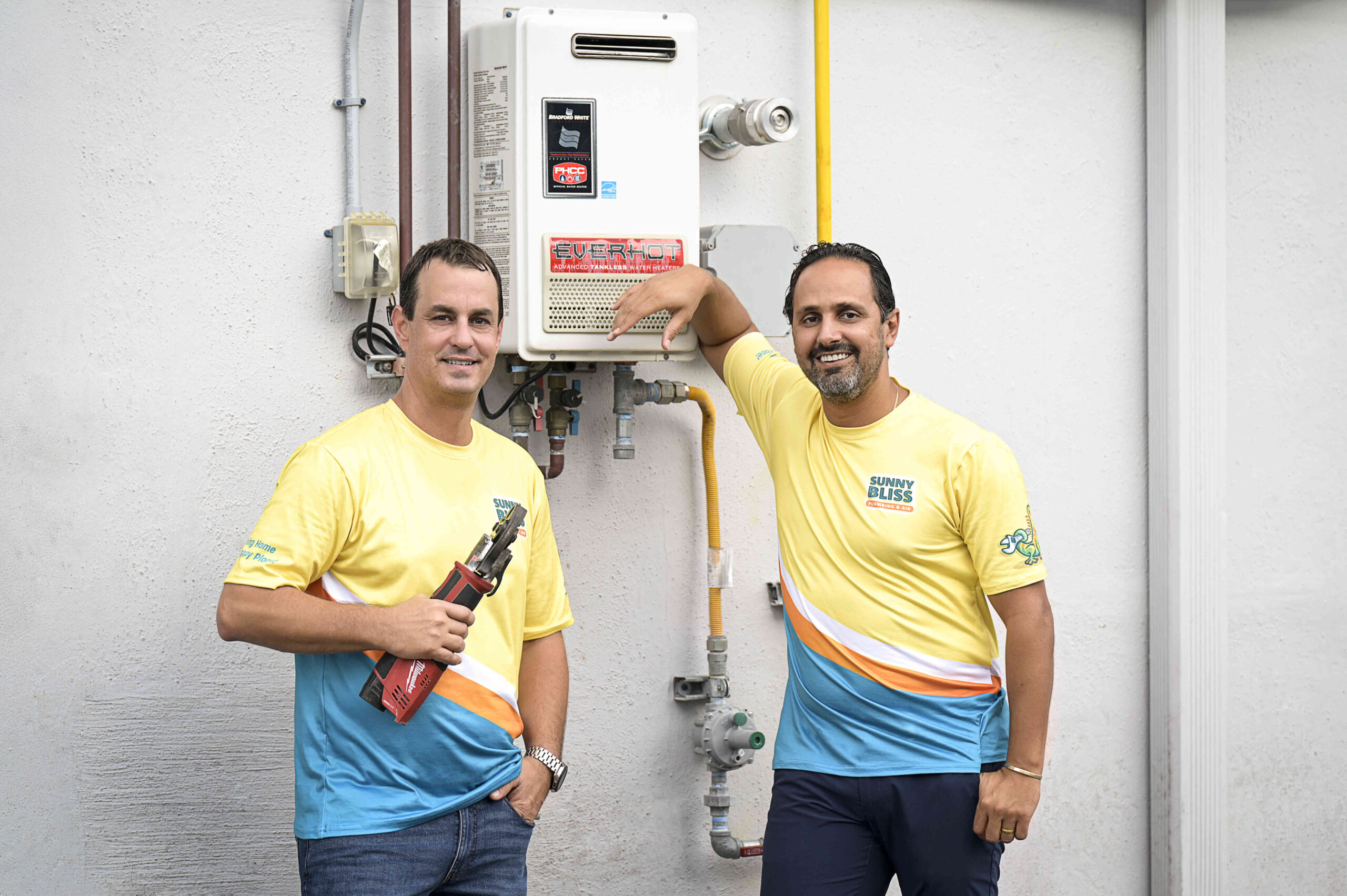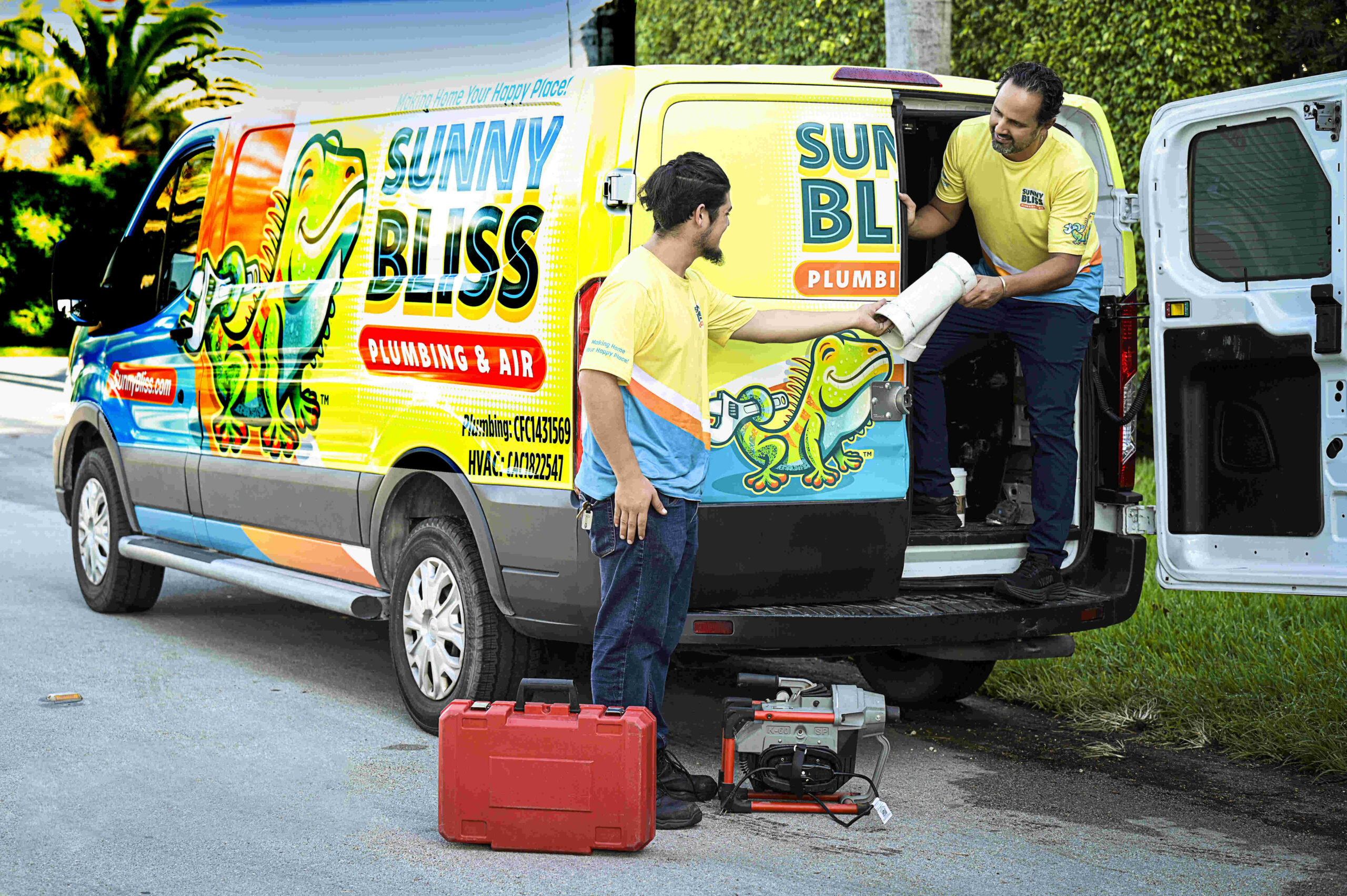1. What are the signs that I may need sewer line repair?
Signs that you may need sewer line repair include persistent foul odors around your property, slow drains, gurgling sounds from your plumbing fixtures, water pooling in your yard, or unusually lush patches of grass. If you notice any of these symptoms, it is vital to contact a professional for an assessment.
2. What causes sewer line damage?
Sewer line damage can occur due to several factors, including tree root intrusion, corrosion of older pipes, ground shifting, and blockages caused by debris or grease buildup. Additionally, extreme weather conditions can exacerbate existing vulnerabilities in the sewer system.
3. How is sewer line repair conducted?
Sewer line repair typically involves a thorough inspection using video camera technology to identify the issue. Depending on the severity, methods such as trenchless repair or traditional excavation may be used. Trenchless repair is less invasive and can often be completed in a shorter time frame, minimizing disruption to your property.
4. Will my yard be affected during sewer line repair?
While sewer line repair can potentially disrupt your yard, methods like trenchless repair are designed to minimize landscape disturbance. Traditional methods may require digging, but your plumbing professional will work to restore your yard to its original condition as much as possible.
5. How do I know if I need to replace my sewer line instead of repairing it?
The decision to repair or replace a sewer line depends on various factors, including the extent of the damage, the age of the pipes, and the frequency of issues. A qualified technician will assess the condition of your sewer line and provide recommendations based on the specific circumstances to guarantee the best long-term solution for your plumbing system.







